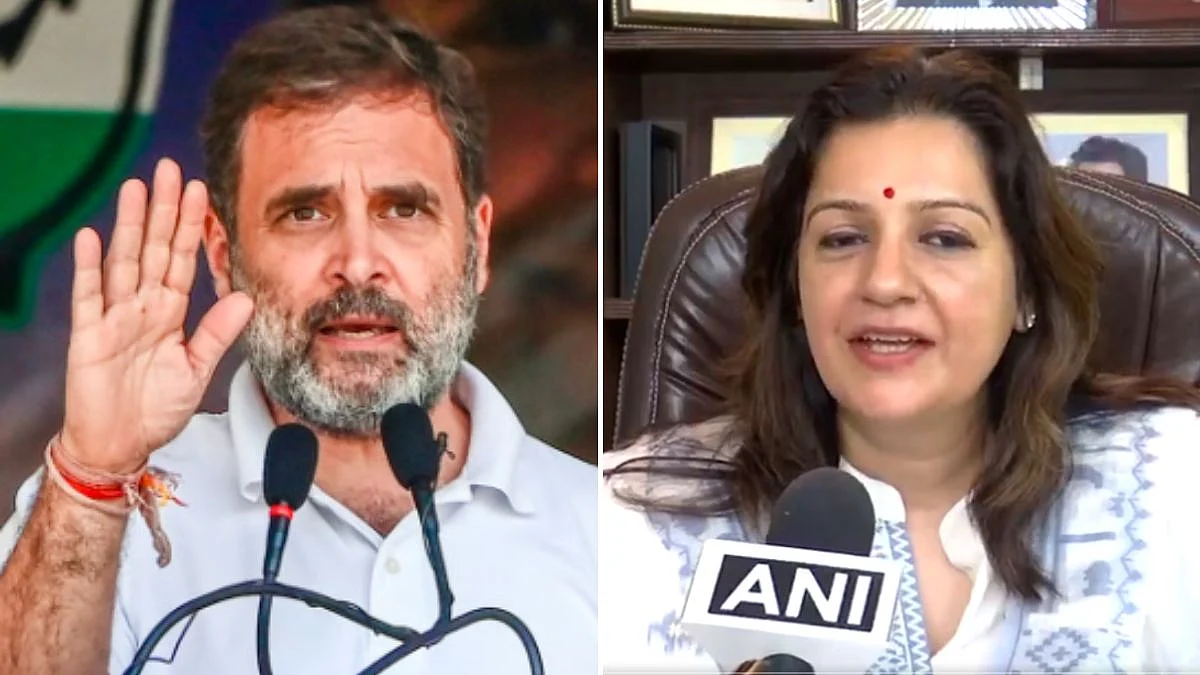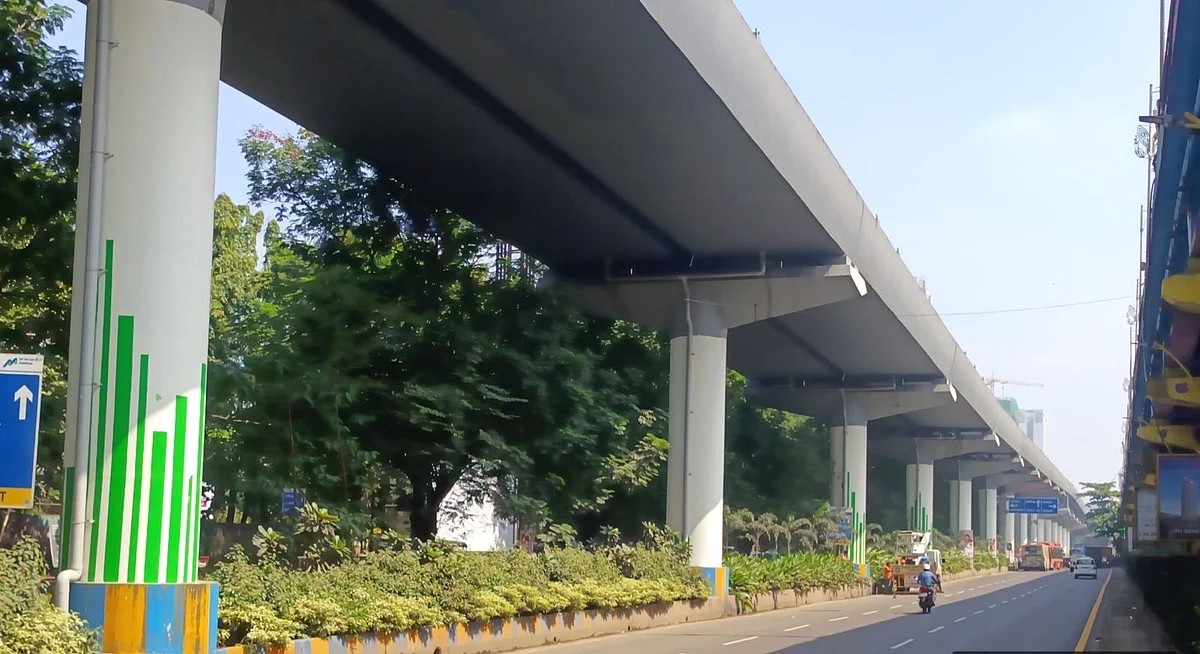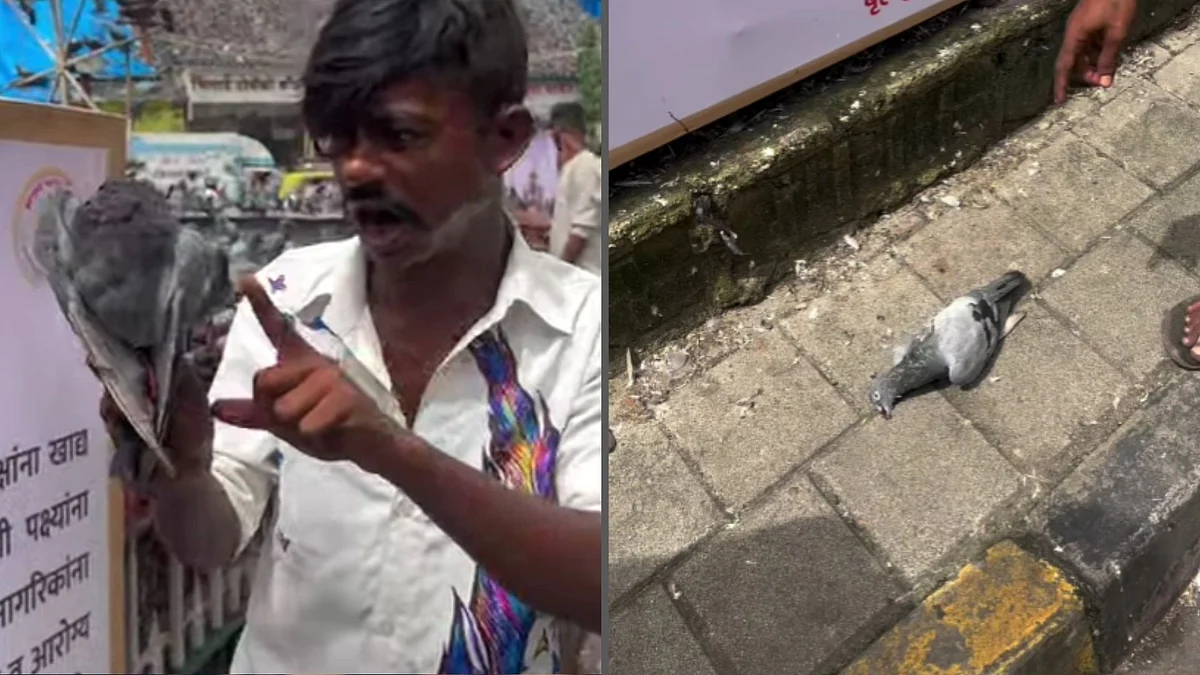Mumbai: On Sunday morning, members of the Jain community took to the streets in Colaba, walking peacefully from a Jain temple to Mumbai’s iconic Gateway of India. Their demand? Respect and space for pigeons to coexist with humans. Placards in Hindi and Marathi read, “What was the fault of the poor birds, that you destroyed their home?”
This protest was sparked by growing tensions around pigeon-feeding spaces, locally known as kabootarkhanas, being restricted across the city.
BMC’s Move Triggers Backlash
Just a day before the protest, Brihanmumbai Municipal Corporation (BMC) workers erected bamboo fencing around a popular pigeon-feeding area in Dadar, effectively shutting it down. The move drew swift criticism from animal lovers and religious groups who see feeding birds as a compassionate and spiritual act.
When Feeding Pigeons Became a Legal Offence
In a rare step, the Mumbai Police recently filed what’s believed to be the first-ever FIR for feeding pigeons. The case was registered under laws related to public nuisance and disobedience to public orders , offences that can lead to up to a year in jail.
Some citizens have even approached the courts, seeking protection for traditional pigeon-feeding spots they claim are part of Mumbai’s cultural heritage.
Health Concerns on the Rise
Behind the civic clampdown lies growing concern among health experts. Pigeon droppings are linked to respiratory diseases, fungal infections, and even rare brain conditions. Last month in the Maharashtra Legislative Council, a member cited a family death due to lung disease caused by prolonged exposure to pigeon droppings.
Following this, the state government ordered a crackdown on unauthorised kabootarkhanas citywide.
A Symptom of Larger Urban Wildlife Tensions
The pigeon debate, while intense in Mumbai, is not isolated. Across India, pigeon populations are booming. According to the 2023 State of India’s Birds report, pigeons have successfully adapted to urban life, nesting on buildings and relying heavily on human feeding.
Experts warn that this rapid urban adaptation blurs the line between cohabiting species and invasive pests, raising broader questions about city planning, hygiene, and the future of animal-human coexistence in crowded metros.











